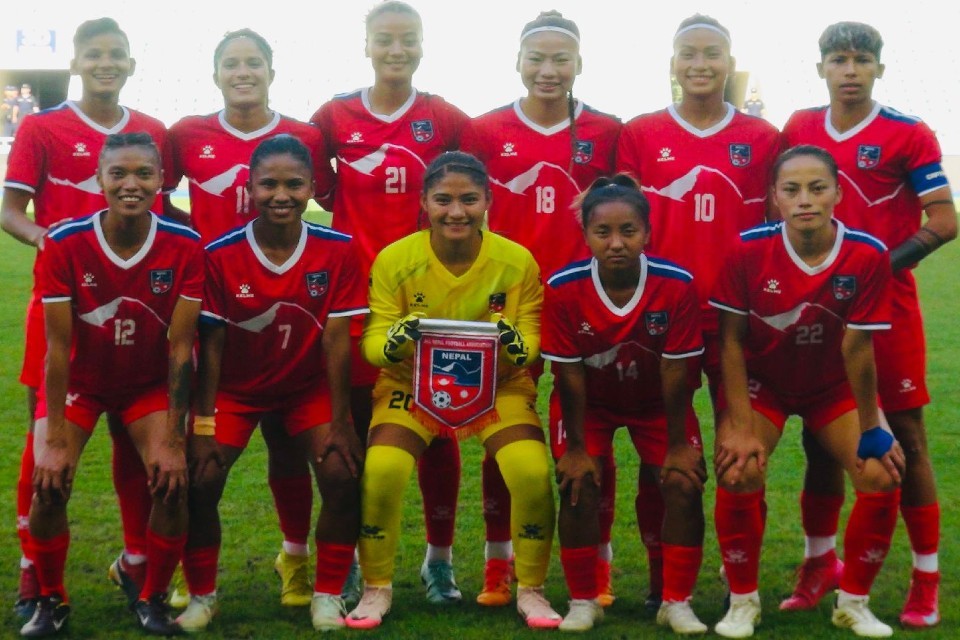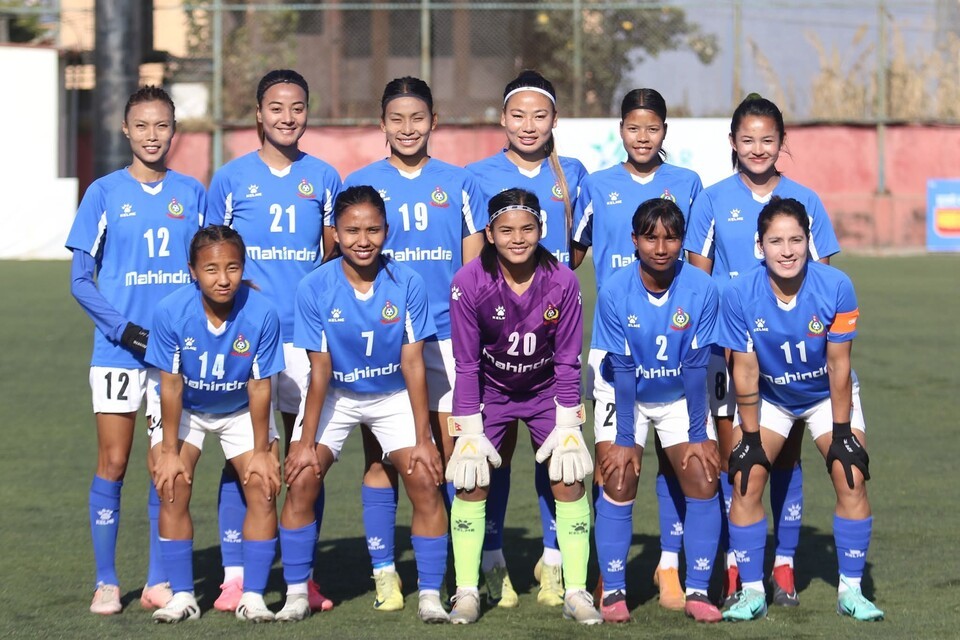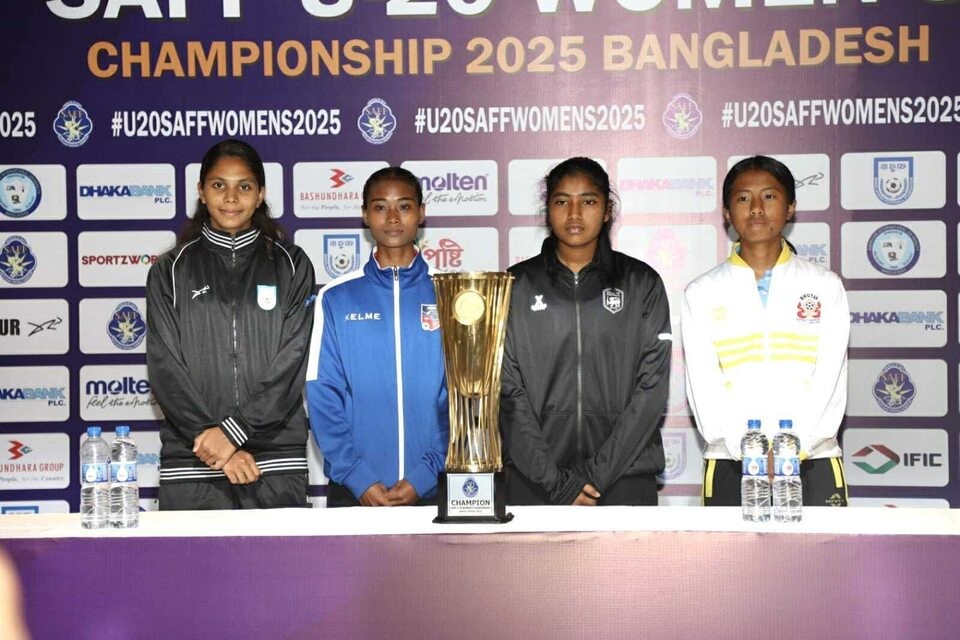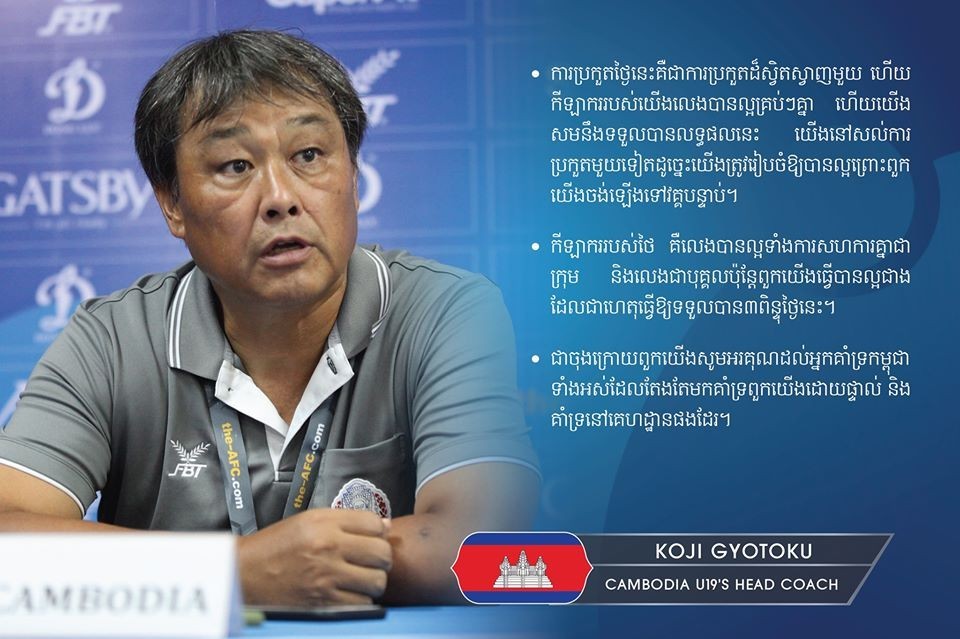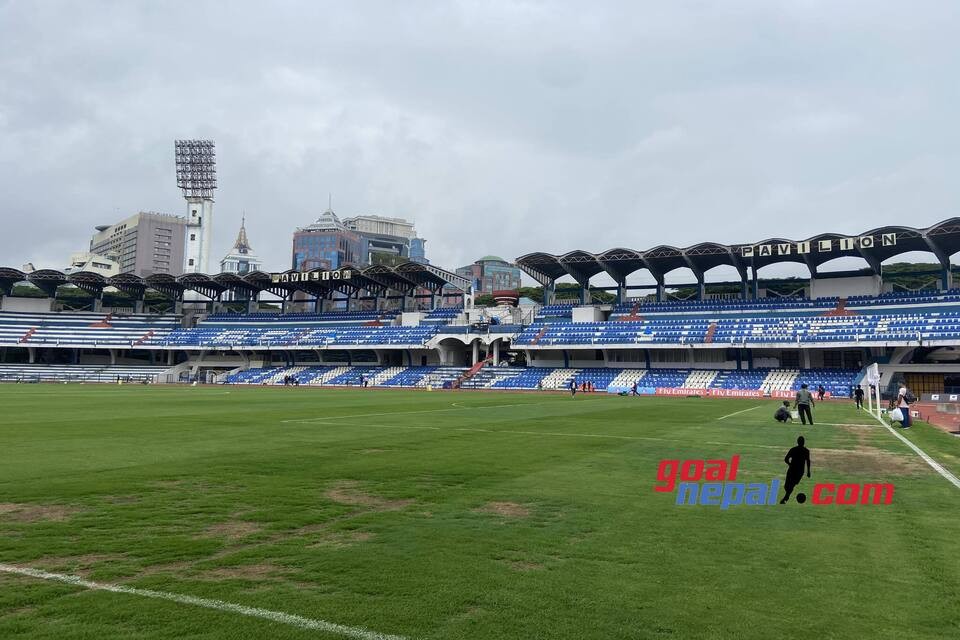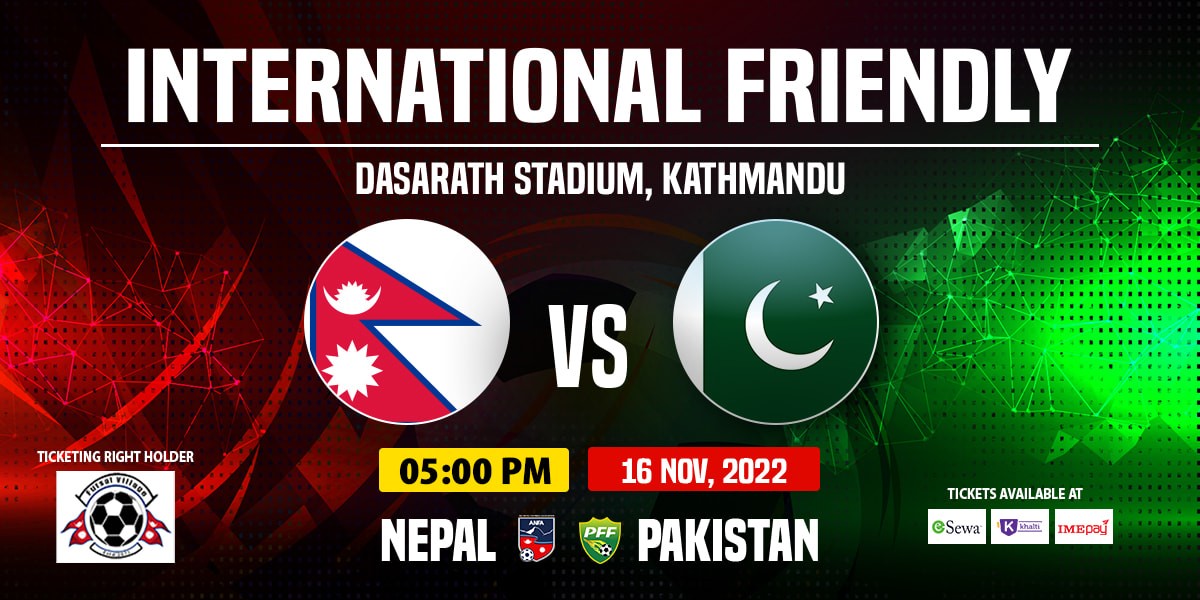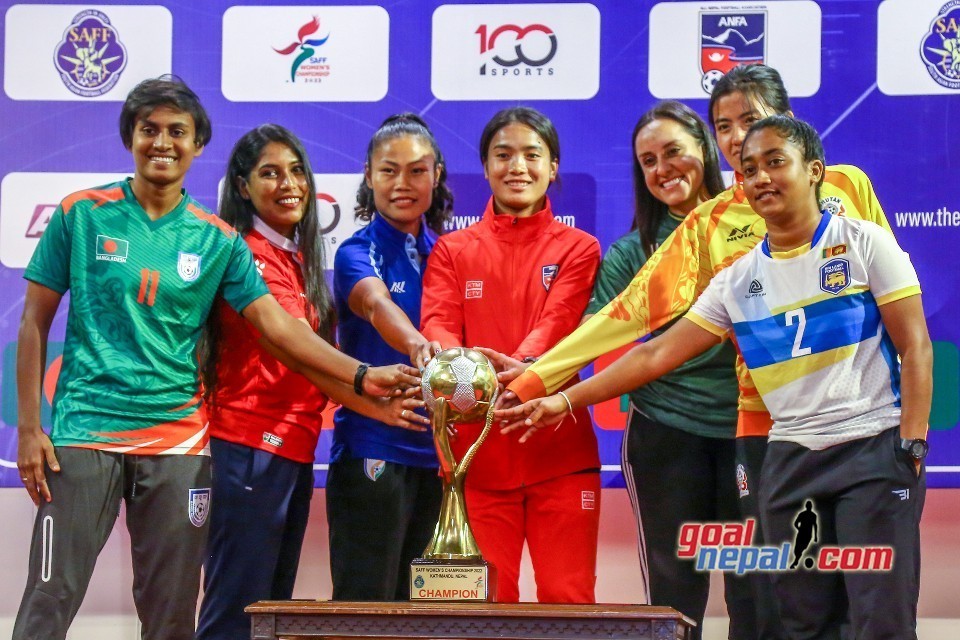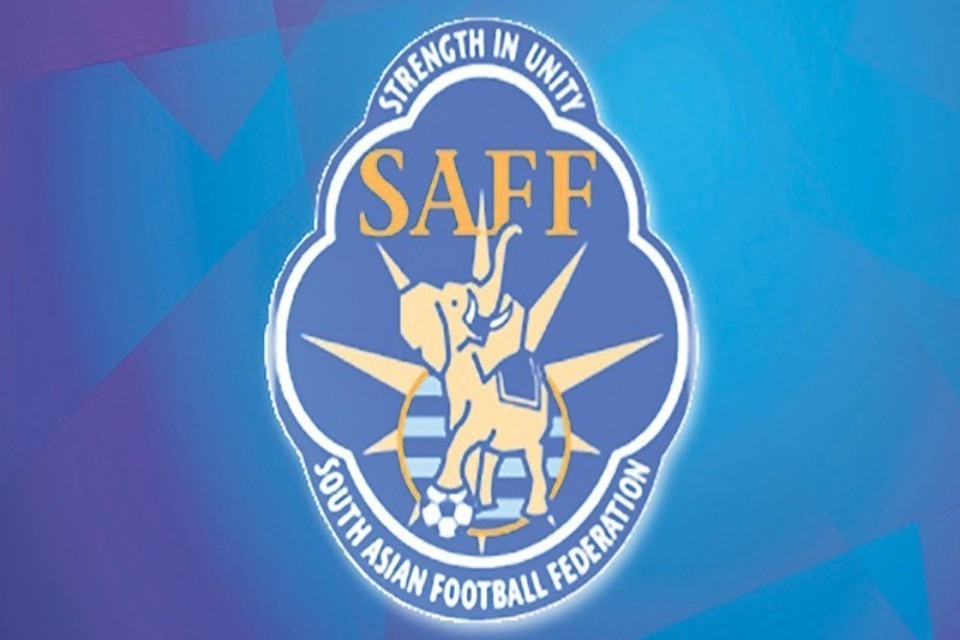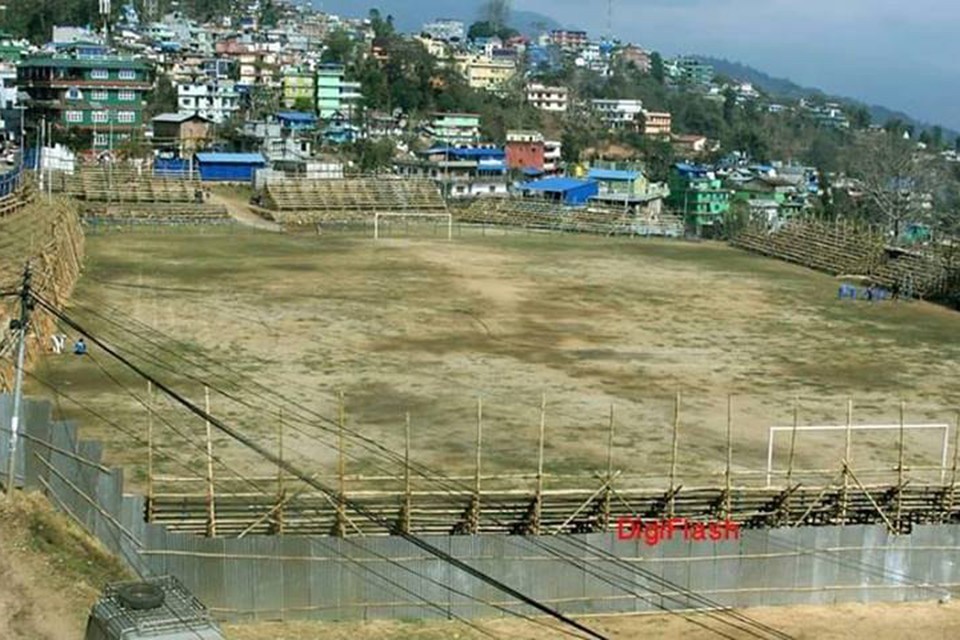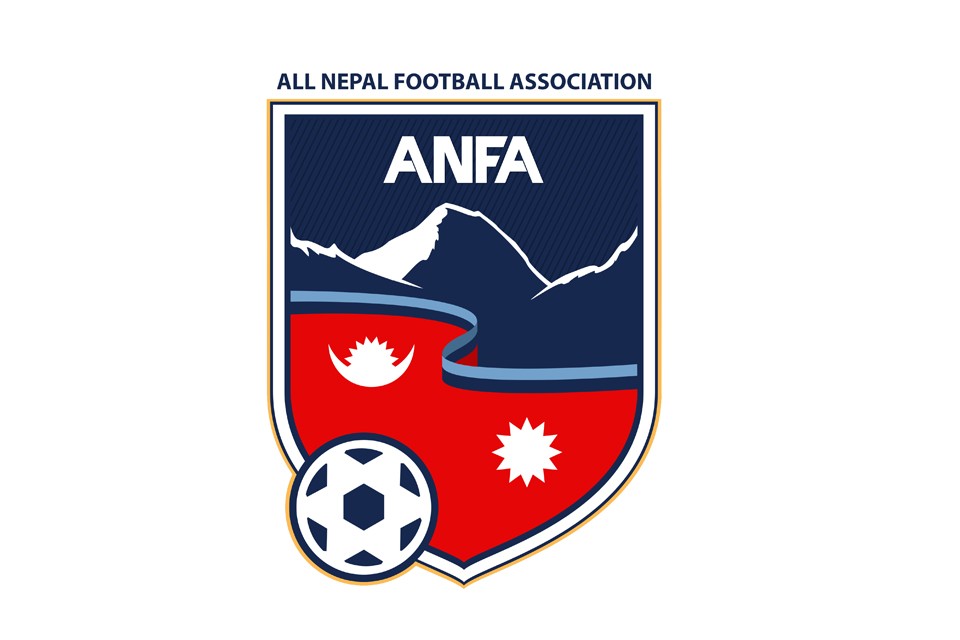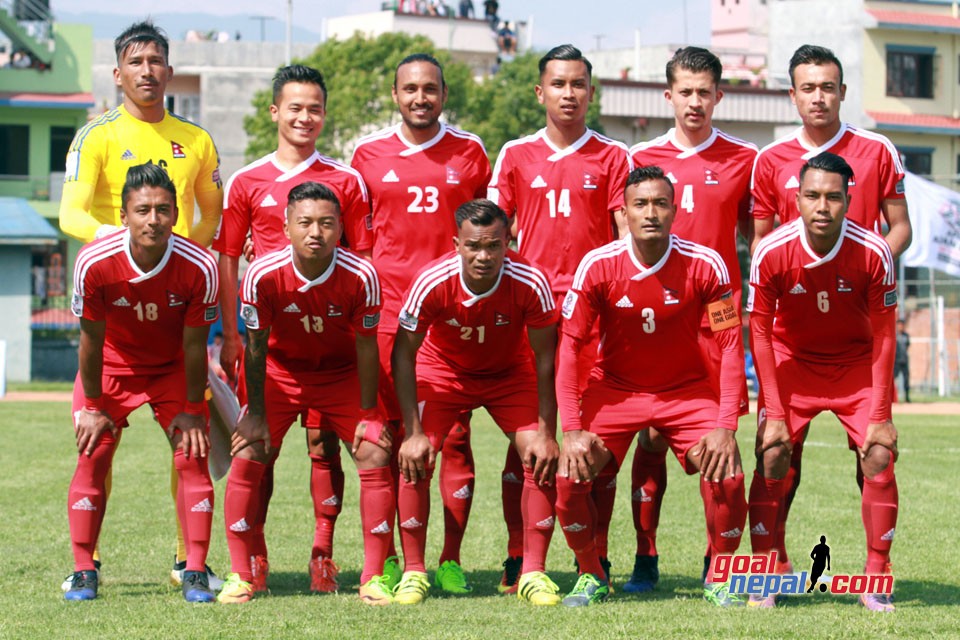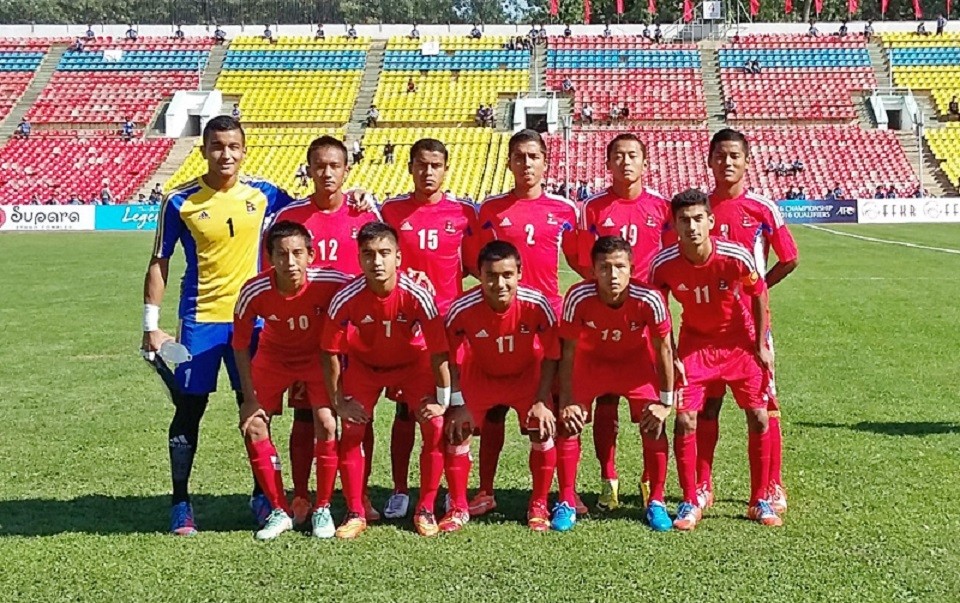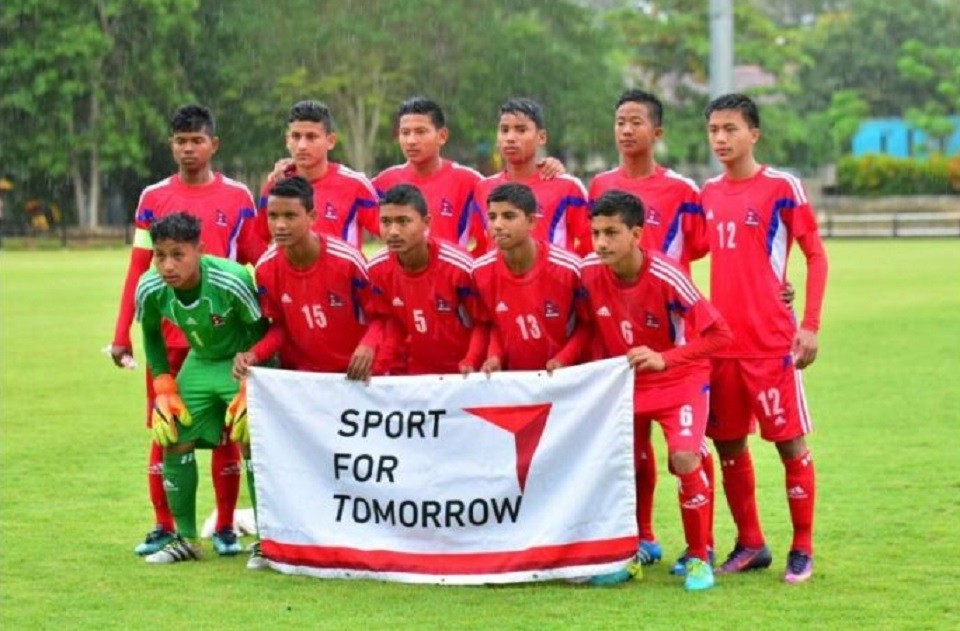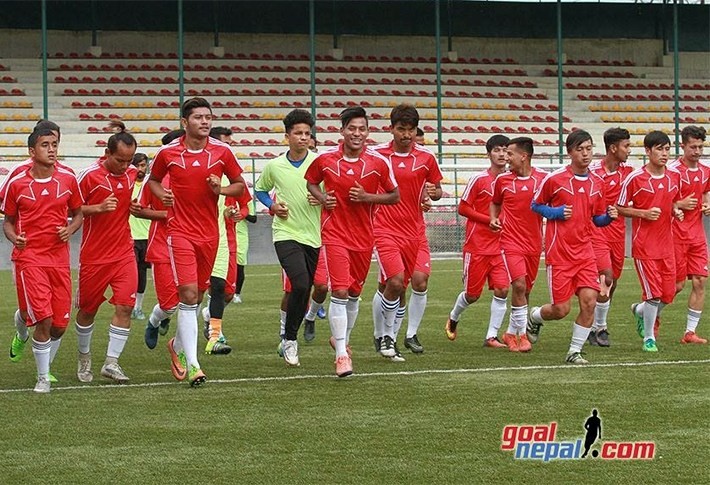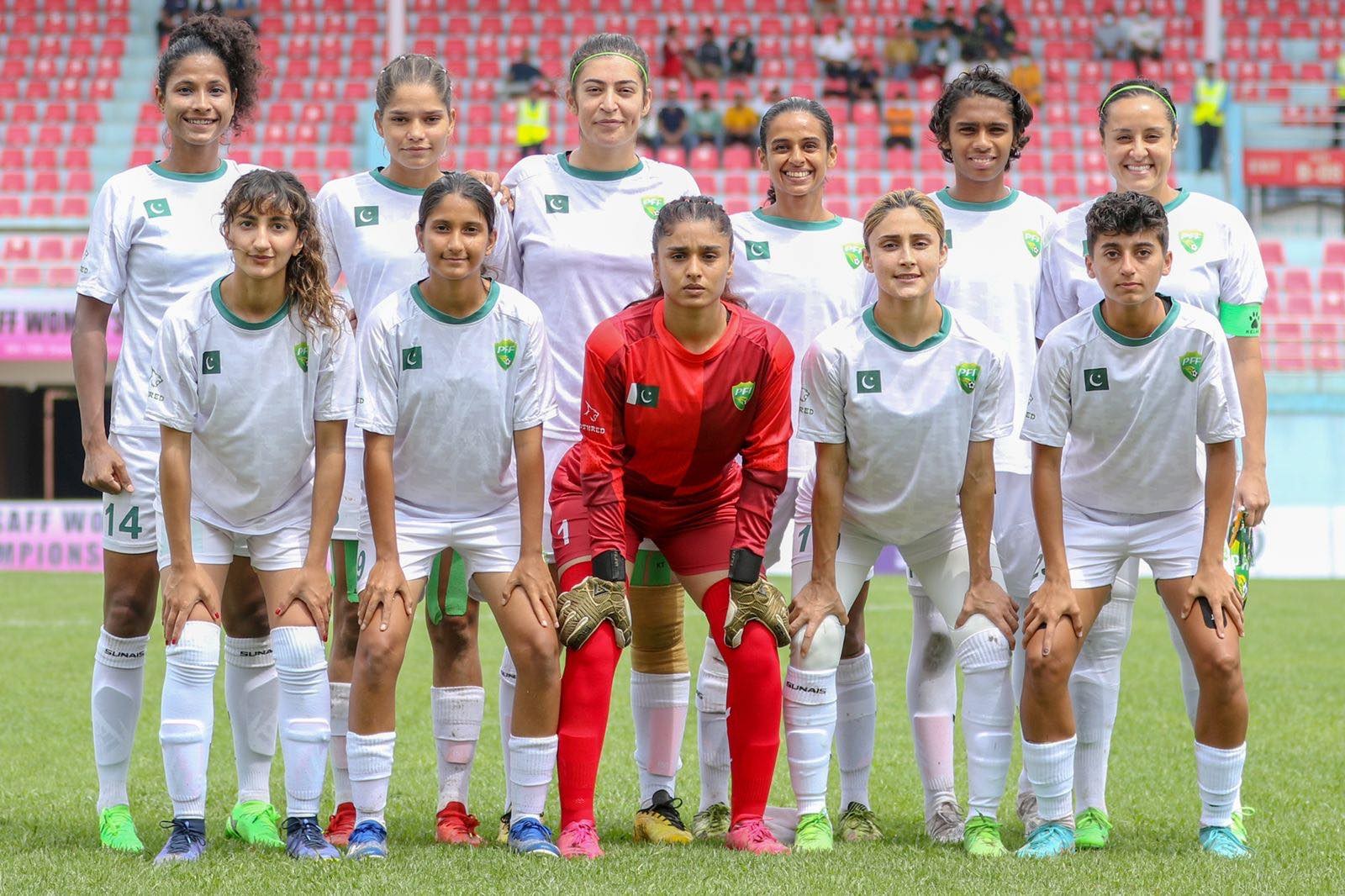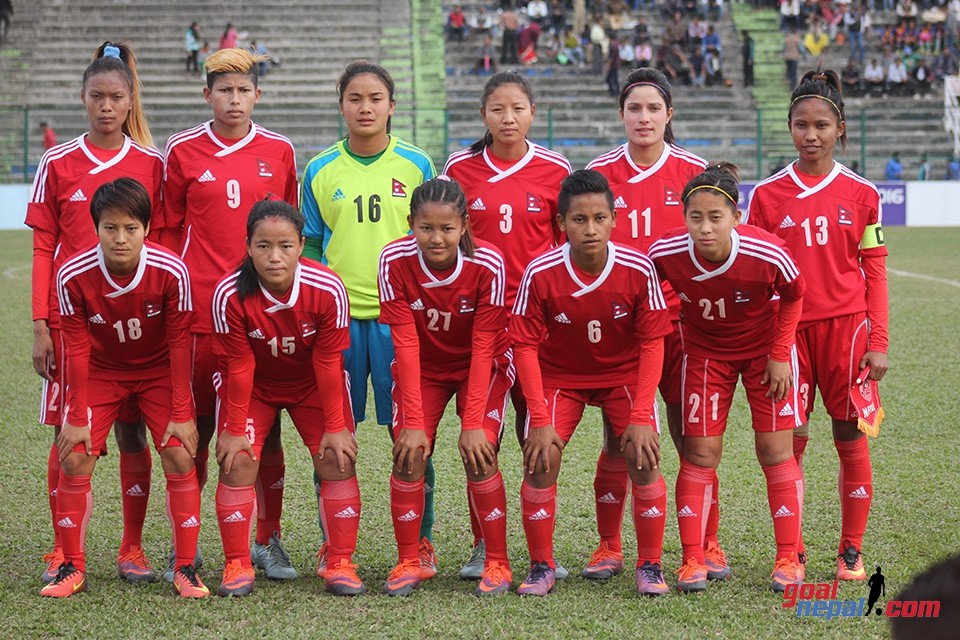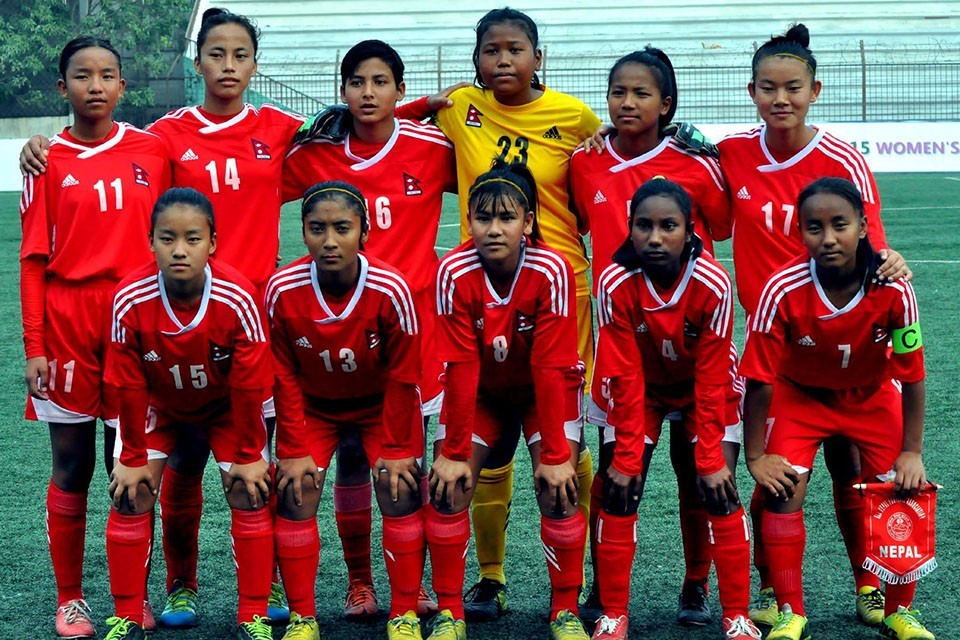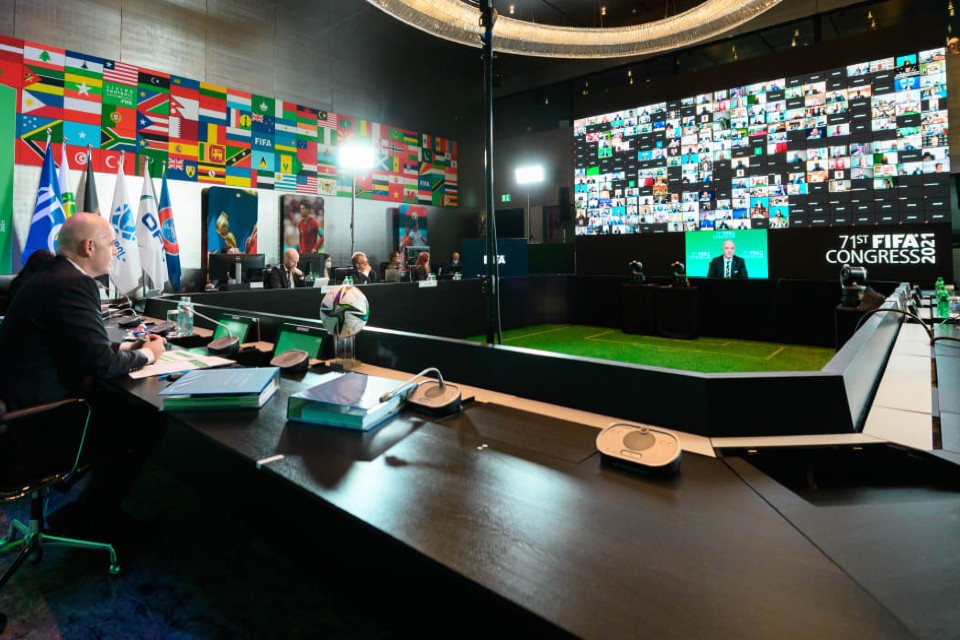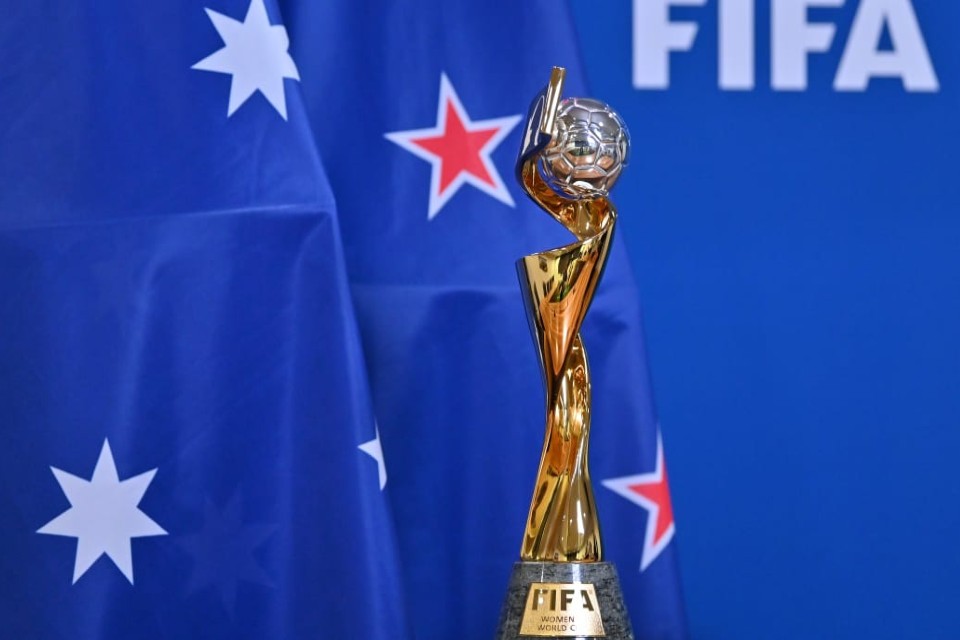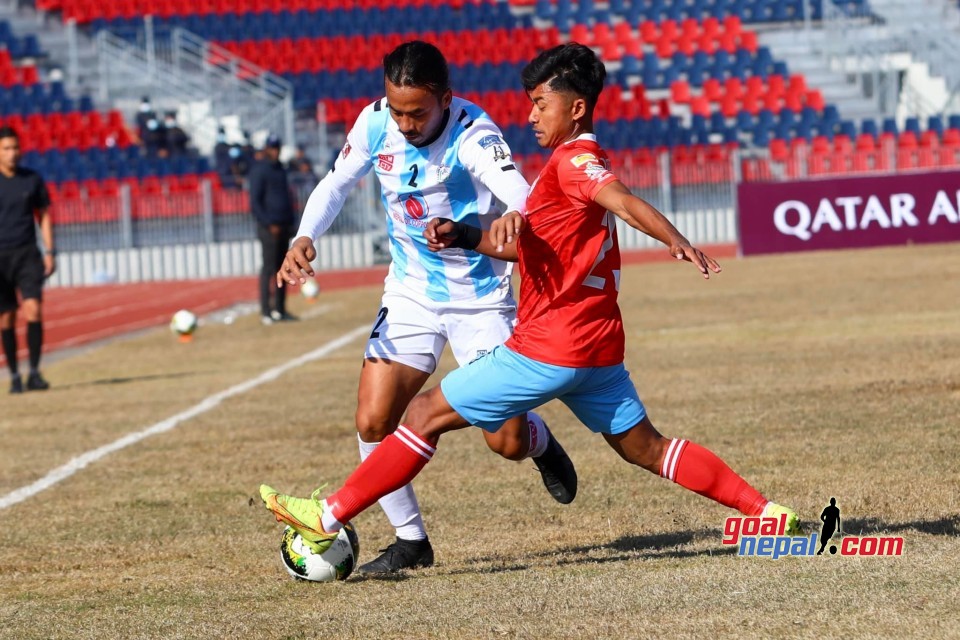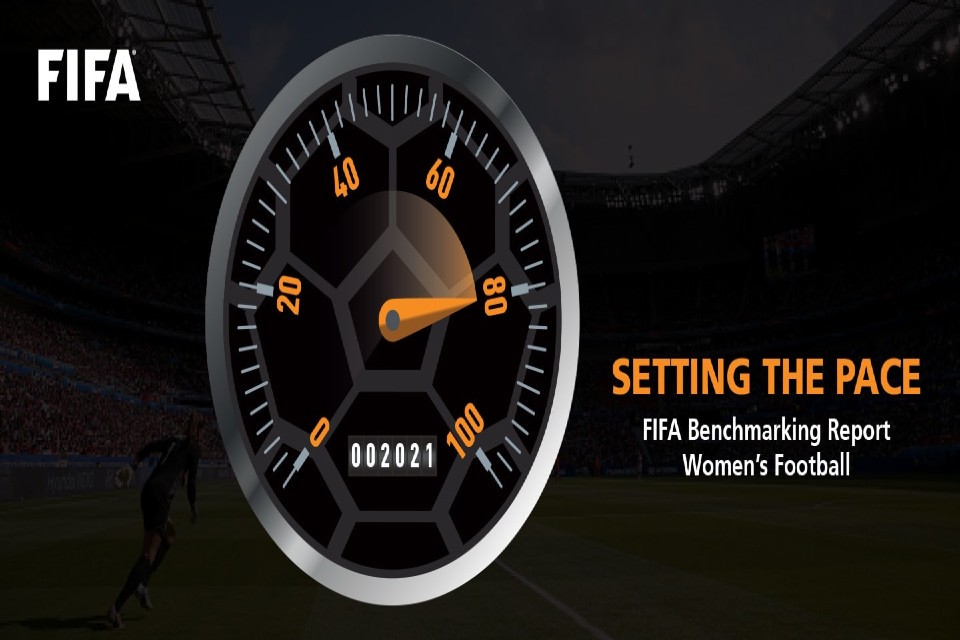
As part of its overall vision to globalise football and accelerate the growth of women’s football, FIFA has published a landmark report on the development and professionalisation of elite women’s football landscape around the world.
Speaking on the report, Gianni Infantino, FIFA President said: “Boosting the development and growth of women’s football – on and off the pitch - is a key commitment and top priority for FIFA. As the interest continues to increase, we must focus on developing an in-depth understanding of the elite women’s football landscape. This document has been developed with the aim of supporting our women’s football stakeholders to better understand this landscape and to maximise its big potential.
“By working together, and embracing the challenges and exciting opportunities that lie ahead, I strongly believe we can bring women’s football to more people around the world and make it truly global.”
The FIFA Benchmarking Report: Women’s Football provides important insights into several key areas of the elite women’s game including sporting, finance, fan engagement, player related matters and COVID-19.
The information comes from a survey completed by a selection of 30 of the top tier women’s football leagues from around the world and 282 of their respective clubs.
Key findings include:
- For leagues in which 80% or more participating clubs have a girls’ youth structure, the average national-team ranking is 13, compared to a ranking of 28 for all other leagues.
- Leagues with both a club licensing system and financial controls have a higher proportion of clubs that are profitable or break even (36% v. 32%) and a higher average club revenue (USD 0.9m v. USD 0.3m).
- In 65% of leagues surveyed, teams with the highest qualified coaches outperformed other teams, underlining the importance of coach education and development in the women’s game.
- Clubs with better access to higher number and quality of facilities outperform other clubs in their league: 50% of teams with access to a set standard of higher number and quality facilities were league champions in the last five years, compared with only 23% for all other clubs.
- Broadcasting women’s football on traditional and digital platforms represents a significant growth opportunity with broadcast income currently accounting for an average of 6% of revenue for clubs and 18% of revenue for leagues that were surveyed.
- Teams offering a season ticket had higher average league attendances (1,400 v 1,000) and earned higher revenue (USD 0.8m v. USD 0.3m)
- Clubs with a written strategy for women’s football tend to have higher average club revenue (USD 0.6m v. USD 0.3m), more facilities available to the first team and higher match attendances (1,400 v. 700)
- Leagues that negotiate broadcast rights exclusively for the women’s league generate, on average, USD 0.7m revenue from broadcast compared with only USD 0.1m for other leagues that do not.
- 72% of clubs reported that they negotiate some of their sponsorship contracts for the women’s team only. On average, these clubs achieved a higher total revenue and sponsorship revenue.
- The clubs that generate the highest revenue (in excess of USD 1m) raise over half of it through sponsorship, compared to less than a third for clubs averaging revenue of less than USD 1m.
Sarai Bareman, Chief Women’s Football Officer, added:
“Whilst many clubs and leagues continue to navigate the impact of COVID-19 on football, this report provides key insights into the reality of the women’s game, as well as the many opportunities and challenges, on and off the pitch for players, clubs and leagues around the world. It is paramount, as we look to the future of our game and take decisions that will impact generations to come, that we base these decisions on a clear understanding of where we are. This means generating these insights into what is working well in the current context. This report is an important document to support the decision making process of the stakeholders involved in the game.
Whilst the progress already made and FIFA’s commitment to the women’s game is clear, more can still be done across football to maximize the exciting opportunities on the horizon and ensure a strong and sustainable ecosystem for the whole of women’s football.”
FIFA

